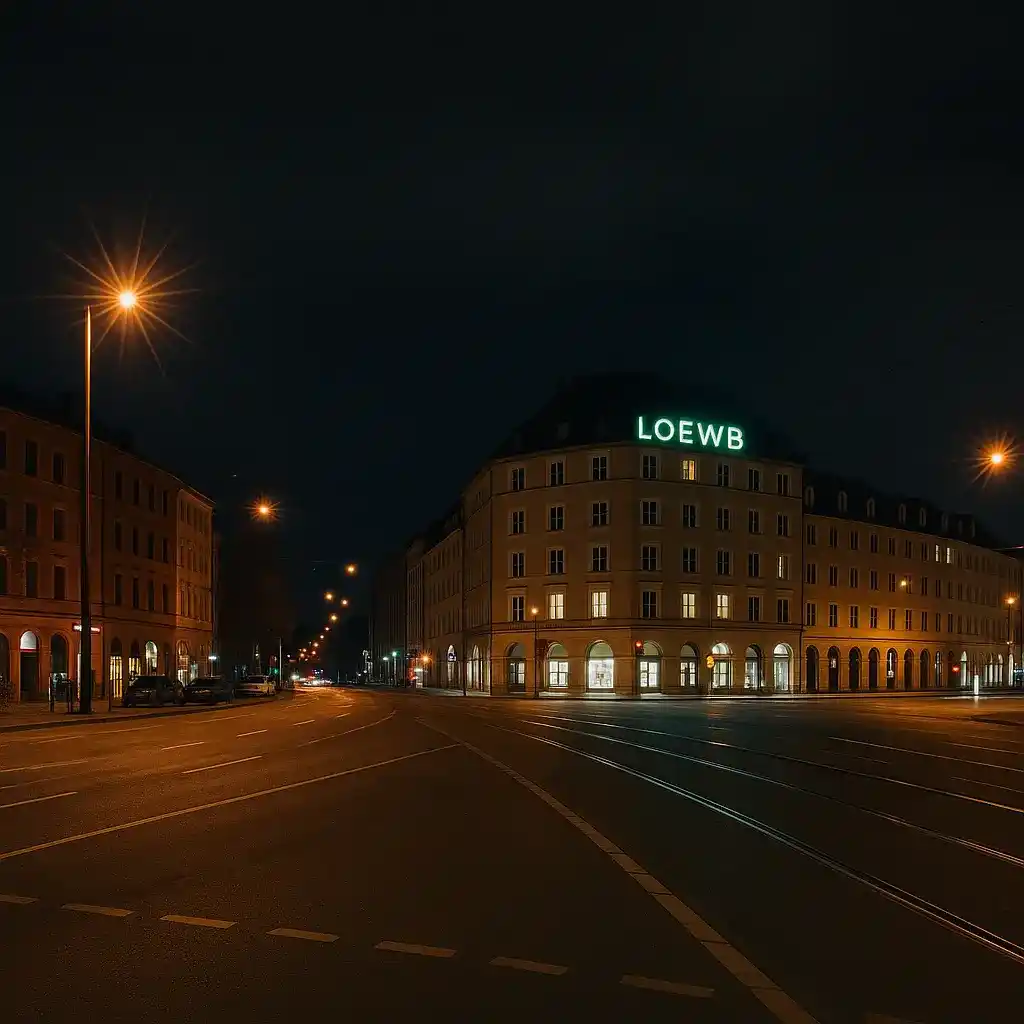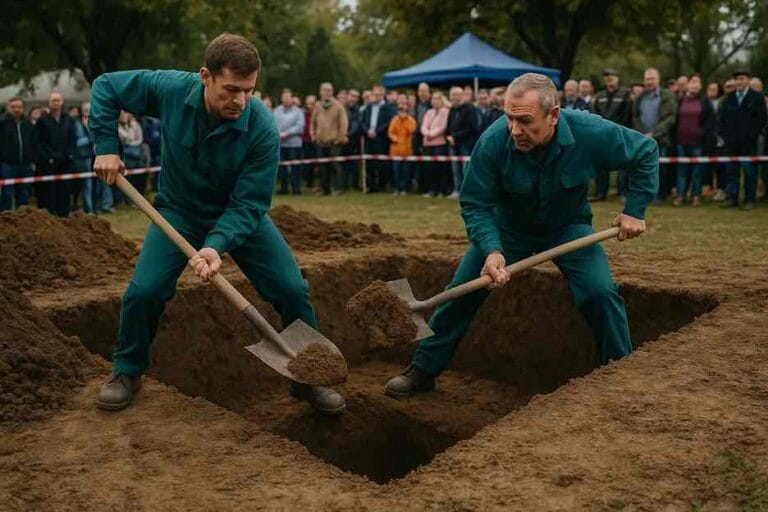The question “What happened to Sonja Engelbrecht?” continues to echo in Germany almost three decades after her disappearance. The 19-year-old student from Munich went missing in April 1995, sparking one of Bavaria’s most haunting unsolved mysteries. Even though her remains were discovered 25 years later, the circumstances of her death remain unclear, leaving investigators and the public still searching for answers.
Also read: How a Death Row Inmate Exposes Serial Killer Cold Cases That Shook Investigators
The Night of the Sonja Engelbrecht Disappearance
On the night of April 10, 1995, Sonja went out with friends in Munich. After spending hours socializing, she left the group in the early hours near Stiglmaierplatz. Around 2:30 a.m., she was last seen walking alone through the city. From that moment, she vanished without leaving a trace.
Her sudden disappearance shocked her family and friends. Posters were placed across Munich, countless appeals were made, and media coverage spread nationwide. Yet, despite widespread efforts, no confirmed sightings were reported.
What Happened to Sonja Engelbrecht?
For years, the case remained unsolved. Police investigated thousands of leads, including possible abduction, involvement with strangers, and even theories of voluntary disappearance. However, no strong evidence ever emerged.
The Munich missing woman case soon became one of the city’s most well-known cold cases, often compared to other infamous European disappearances. Each year, German authorities renewed their call for public help, keeping her story alive in newspapers, television reports, and true crime documentaries{1}.
The Breakthrough in 2020
In April 2020, a major breakthrough occurred. Hikers near Kipfenberg, a forested area about 70 kilometers north of Munich, discovered human remains. Forensic analysis confirmed that the bones belonged to Sonja Engelbrecht.
The discovery brought a measure of closure to her family but also renewed frustration. While the remains solved the question of whether she was alive, they did not reveal how she died. Investigators still suspect foul play but lack crucial evidence to identify a suspect.

AAn Unsolved Mystery in Munich
Even after finding her remains, the case continues to stand as an unsolved mystery in Munich. Key challenges include:
- Lack of forensic evidence due to the time that passed between her disappearance and discovery.
- Unclear cause of death, as no injuries could be definitively linked to a crime.
- No identified suspects, despite renewed police appeals and media attention.
techniques or fresh witness testimonies might provide answers. Yet every lead has eventually gone cold. Some theories suggest she may have been the victim of a random act of violence, while others point to the possibility of a calculated crime carried out by someone she knew. Still, without evidence, these remain only speculations. The absence of clarity has turned the case into a haunting reminder of how fragile justice can be when time and silence obscure the truth, leaving many to ask again: What happened to Sonja Engelbrecht?
A Story That Still Resonates
Today, the Engelbrecht case stands as a chilling reminder of how a disappearance can remain unsolved for decades. For Munich, it is more than just a police file—it is a story that shaped public awareness of missing persons and the importance of long-term cold case investigations. The unanswered questions continue to stir public debate, keeping the memory of Sonja alive in both legal and cultural discussions.
Conclusion
So, what happened to Sonja Engelbrecht? The tragic truth is that nobody knows for certain. Her disappearance and the discovery of her remains 25 years later have left more questions than answers. Until new evidence comes to light, the case remains an open wound in Munich’s history, a symbol of unanswered questions and enduring mystery.
Also read: The Forgotten World War II Cemetery in the Amazon Jungle







